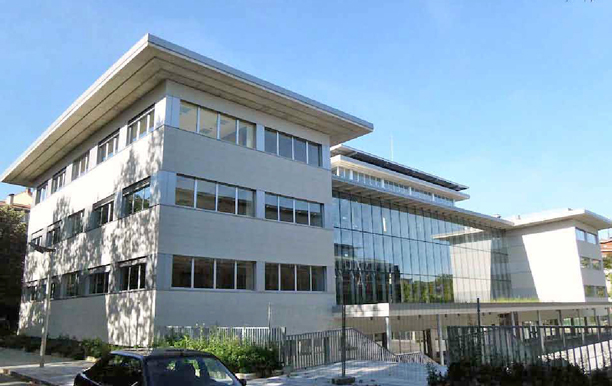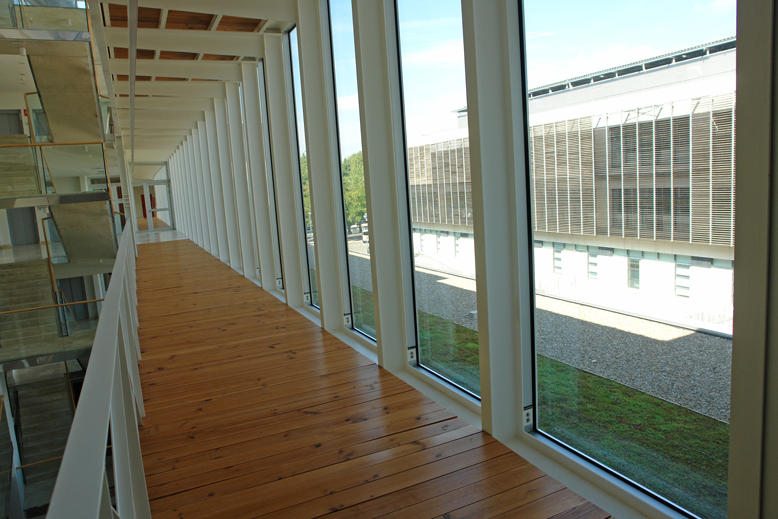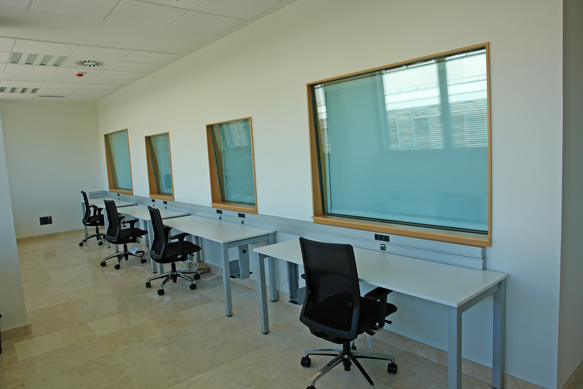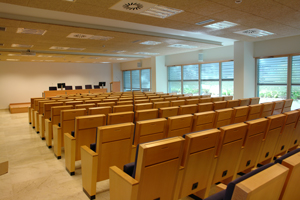Micaela Josefa Portilla Vitoria (Vitoria-Gasteiz, July 1922 - 8th October 2005) was one of the most significant Basque Historians, Anthropologists and Educators in the 20th century. Author of many studies and publications, her educational work, which she combined with her research and diffusion activities, is worth highlighting.
Brief profile and biography
Apart from an outstanding Historian, Micaela Portilla was a communicator always ready to share her knowledge. She was particularly interested in old paths/roads (very important in her work), in chapels still standing or those that have disappeared, in Stonemasons or Carvers and in lineages. She combined great wisdom and a special teaching talent to transmit it. In the words of Henrike Knörr (1947-2008), a Professor for Basque Philology at the UPV/EHU, "for her, science, accuracy and meticulousness, demands of research, do not conflict with the wish to reach the entire world at all. Her concerns about spreading this knowledge was evident".
She completed her first studies at Colegio del Niño Jesús (Child Jesus School) of Vitoria-Gasteiz and in 1933 She started her studies in the secondary education school of Vitoria-Gasteiz. She studied a Teaching degree (1941) and a degree in Philosophy and Letters. She carried out further studies at the Complutense University, specialising in Geography and History. In her minor thesis, in 1954, she presented her work under the title of Torres de Mendozas, Guevaras y Ayalas en Álava, a prelude to her doctoral thesis and one of her most significant pieces of work: Torres y casas fuertes en Álava (1977). Other key titles in her production were Quejana, solar de los Ayala (1983), Las torres de Mendoza y Martioda (1985), Vitoria gótica (1986) and Una ruta europea. Por Álava a Compostela. Del paso de San Adrián al Ebro (1991).
She worked as a primary Teacher in several towns of the province of Alava: at Untzilla school (Aramaio) in 1945, then in Zalla (Bizkaia),in Salvatierra-Agurain and in Vitoria-Gasteiz, in whose Ramiro de Maeztu institute she was an assistant to Odón Apraiz. Apraiz would affectionately call her Zabalate, the Basque name of the town of Portilla and for several years Micaela used the pseudonym Leocadia Zabalate to sign journalistic collaborations about art and history. As a Professor of University Schools of Education (1956) she was at the Teachers´ College (Teaching Schools) of Cadiz, of Vitoria-Gasteiz and, finally of Madrid, where she retired in 1987 after 43 years of service.
She was the Director of the Teachers´ College of Vitoria-Gasteiz (1958-1964), the Advisor to the General Inspection of Teachers´ Colleges (1967-1971), the corresponding Academician for Alava of the Royal Academies of Fine Arts (1982) and History (1988). Besides, she was a member of the Royal Basque Society of Friends of the Country (1971), of Eusko Ikaskuntza, of the Conservative Commission of the Artistic Heritage of Alava, of the Advisory Board of Museums of the Regional Government, of the Advisory Board of the Monumental Heritage of Euskadi and of the General Council of the Basque Culture.
She was the first woman to be awarded an honoris causa doctorat by the UPV/EHU, in 1993.








